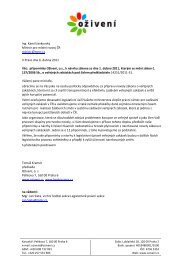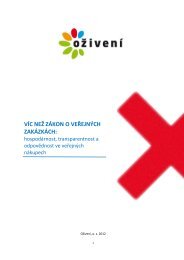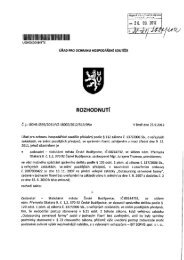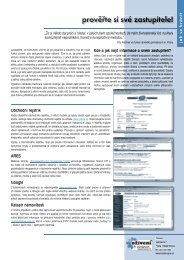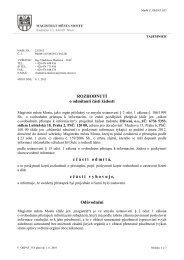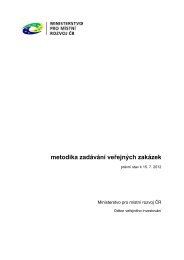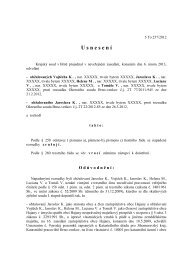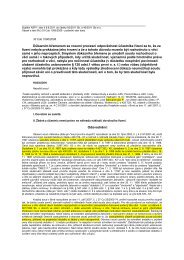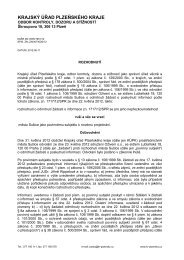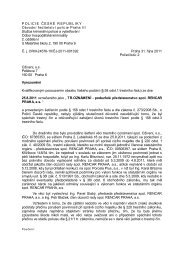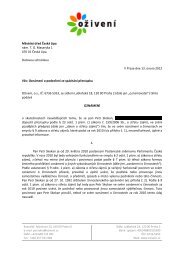Managing Conflict of Interest - Organisation for Economic Co ...
Managing Conflict of Interest - Organisation for Economic Co ...
Managing Conflict of Interest - Organisation for Economic Co ...
You also want an ePaper? Increase the reach of your titles
YUMPU automatically turns print PDFs into web optimized ePapers that Google loves.
164 <strong>Managing</strong> <strong><strong>Co</strong>nflict</strong> <strong>of</strong> <strong>Interest</strong>(ISA 240) 1 <strong>of</strong>fers a simple definition: Fraud is an intentional act committedby one or more individuals in management—those chargedwith governance, employees, or third parties—involving the use <strong>of</strong>deception to obtain an unjust or illegal advantage.Measuring the <strong>Co</strong>st <strong>of</strong> Fraud and <strong><strong>Co</strong>nflict</strong> <strong>of</strong> <strong>Interest</strong>: MissionImpossible?Determining the true cost <strong>of</strong> fraud and abuse is an impossibletask, because fraud is a crime based on concealment. Some cases<strong>of</strong> fraud are never detected or the perpetrators are caught only afterfraud has occurred <strong>for</strong> several years. Many cases that are detectedare never reported <strong>for</strong> a variety <strong>of</strong> reasons, including the desire topreserve the company’s reputation. Moreover, incidents that arereported are <strong>of</strong>ten not prosecuted. Finally, there is no agency ororganization specifically charged with gathering comprehensivefraud-related in<strong>for</strong>mation. These factors combined make it very difficultto estimate the true cost <strong>of</strong> fraud. Thus, the measure is justthat: an estimate.A 2004 survey conducted by the Association <strong>of</strong> Certified FraudExaminers (ACFE) in the United States examined occupational fraudand found that, on the average, US organizations lose 6% <strong>of</strong> theirrevenue, or an estimated USD660 billion a year—about USD4,500<strong>for</strong> every worker—to fraud. This study determined that 59% <strong>of</strong>frauds occur because <strong>of</strong> weaknesses in internal controls, and 95%<strong>of</strong> US companies report employee theft.Not surprisingly, it is much less expensive to prevent embezzlementthan it is to investigate it. It is estimated that <strong>for</strong> each USD1lost due to fraud, an organization loses an additional USD4. Thesecalculations are conservative, and do not take into account otherlosses the organization will ultimately suffer, including its good nameor reputation. To put it another way, each loss caused by internal orexternal fraud costs at least five times the original amount:1The International Auditing and Assurance Standards Board (IAASB), underthe aegis <strong>of</strong> the International Federation <strong>of</strong> Accountants, issues InternationalStandards on Auditing (ISAs), which are followed by pr<strong>of</strong>essional accountantsand auditors in most jurisdictions around the world. ISA 240 outlines the standardregarding “The Auditor’s Responsibility to <strong>Co</strong>nsider Fraud and Error inan Audit <strong>of</strong> Financial Statements.”ADB/OECD Anti-<strong>Co</strong>rruption Initiative <strong>for</strong> Asia and the Pacific



